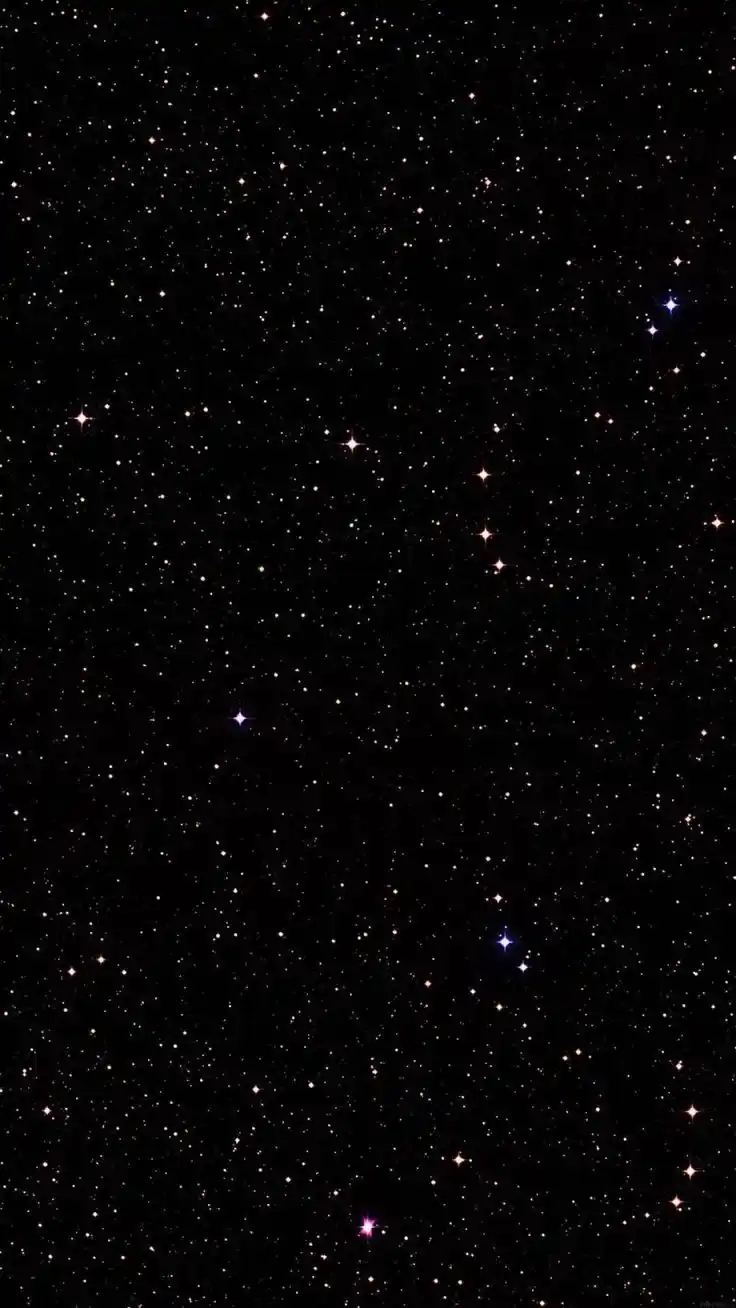
Remote Sensing
Books number: 19
Remote sensing is a discipline that utilizes various technologies and sensors to collect data about the Earth's surface from a distance. It involves the use of aerial and satellite imaging, and other remote sensing technologies to gather information about the environment, such as land use, topography, vegetation, and weather patterns.
Remote sensing is essential in geography as it provides a comprehensive understanding of the Earth's natural resources, weather patterns, and changes in the environment. It also helps scientists and researchers to monitor natural disasters such as earthquakes, hurricanes, and floods. Remote sensing data can also be used to identify potential hazards such as landslides, forest fires, and volcanic eruptions.
Remote sensing is also widely used in the field of agriculture to monitor crop growth and health. By analyzing remote sensing data, farmers can identify areas that require more irrigation, fertilizer, or other treatments, leading to increased crop yields and reduced waste.
Another important application of remote sensing is in urban planning and development. Remote sensing technology can provide critical information on land use, population density, and infrastructure, which can inform decisions about the design and construction of urban areas. This information is also useful for assessing the impact of urbanization on the environment and identifying areas that require environmental protection measures.
Remote sensing is also useful in the study of climate change. Remote sensing data can provide a detailed view of the Earth's climate system and changes over time. By monitoring changes in temperature, sea levels, and atmospheric conditions, scientists can better understand the causes and effects of climate change and develop effective strategies to mitigate its impact.
Overall, remote sensing geography plays a critical role in our understanding of the Earth's environment, natural resources, and climate. Its applications are far-reaching, from agriculture to urban planning, and it continues to be a valuable tool in scientific research and environmental monitoring. As technology continues to advance, we can expect remote sensing to become even more sophisticated and effective, providing even more detailed insights into our planet's natural systems.
2189
English
Research Methods in Remote Sensing
Basudeb Bhatta
Remote Sensing
(0)
1903
English
Introduction to Remote Sensing
James Campbell
Remote Sensing
(0)
1642
English
An Introduction to Contemporary Remote Sensing
Qihao Weng
Remote Sensing
(0)
1579
English
Remote Sensing of Impervious Surfaces
Qihao Weng
Remote Sensing
(0)
1554
English
Scale Issues in Remote Sensing
Qihao Weng
Remote Sensing
(0)
1548
English
Global Urban Monitoring and Assessment through Earth Observation
Qihao Weng
Remote Sensing
(0)
1546
English
Remote sensing and GIS accuracy assessment
John Lyon
Remote Sensing
(0)
1524
English
Remote sensing time series image processing
Qihao Weng
Remote Sensing
(0)
1501
English
Techniques and Methods in Urban Remote Sensing
Qihao Weng
Remote Sensing
(0)
1487
English
Manual of geospatial science and technology
James Campbell
Remote Sensing
(0)
Farouk El-Baz.
Remote Sensing
(0)
1484
English
Remote Sensing in Archaeology (Interdisciplinary Contributions to Archaeology)
Farouk El-Baz
Remote Sensing
(0)
1431
English
Remote Sensing and GIS Integration
Qihao Weng
Remote Sensing
(0)
1424
English
Analysis of Urban Growth and Sprawl from Remote Sensing Data
Basudeb Bhatta
Remote Sensing
(0)
1393
English
Physics of desertification
Farouk El-Baz
Remote Sensing
(0)
1386
English
Remote sensing for sustainability
Qihao Weng
Remote Sensing
(0)
1287
English
Advances in Environmental Remote Sensing
Qihao Weng
Remote Sensing
(0)
Qihao Weng.
Remote Sensing
(0)
1151
English
High Spatial Resolution Remote Sensing: Data, Analysis, and Applications
Qihao Weng
Remote Sensing
(0)
Basudeb Bhatta.
Remote Sensing
(0)
1000
English
Urban Growth Analysis and Remote Sensing: A Case Study of Kolkata, India 1980–2010
Basudeb Bhatta
Remote Sensing
(0)
998
English
Practical Handbook for Wetland Identification and Delineation
John Lyon
Remote Sensing
(0)